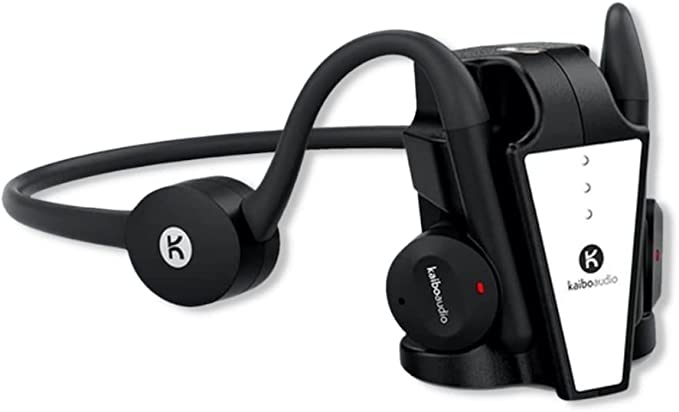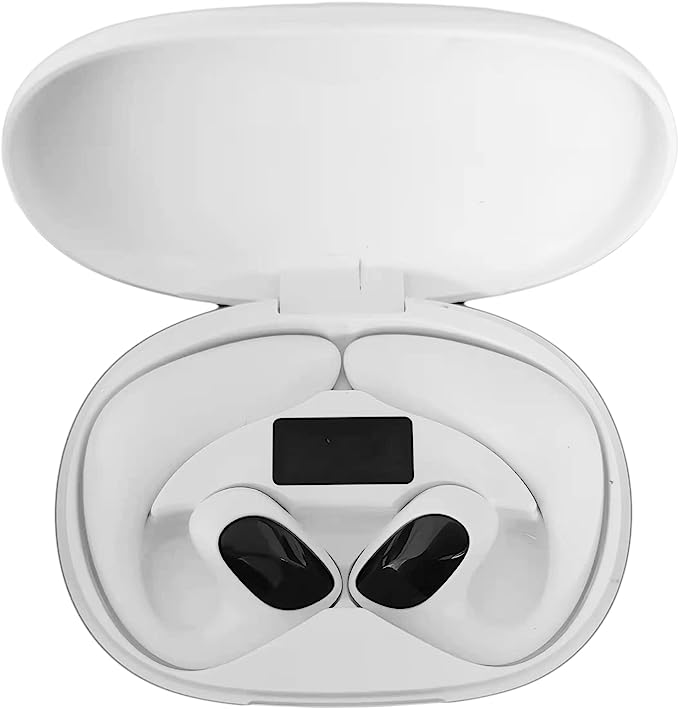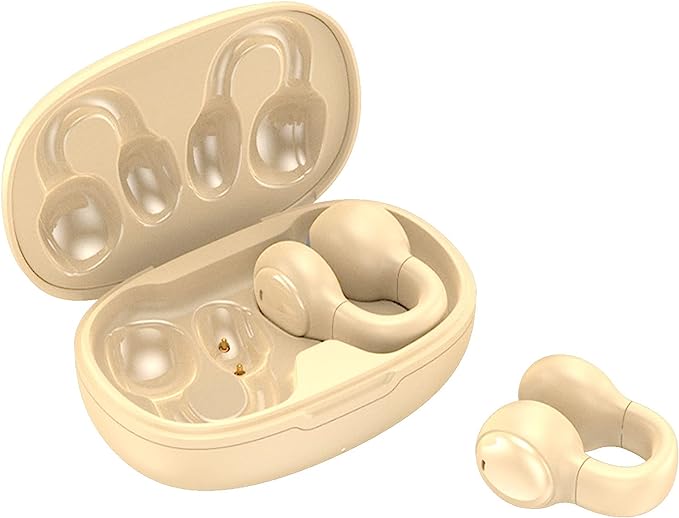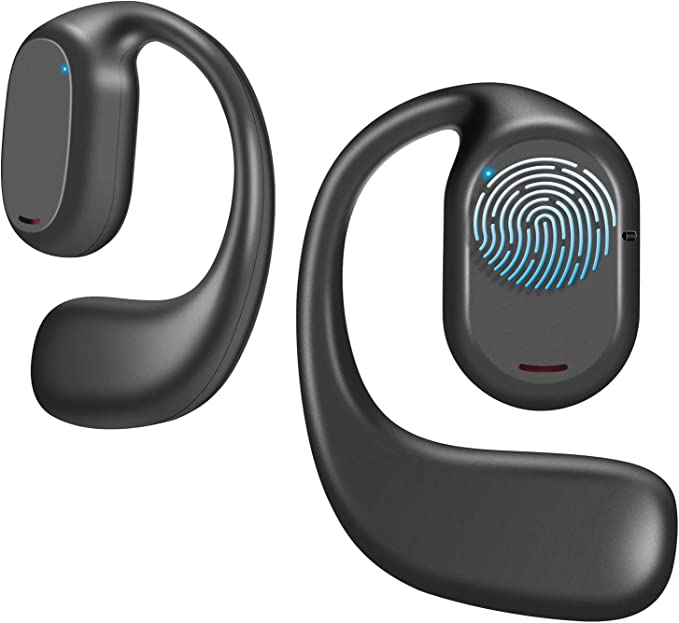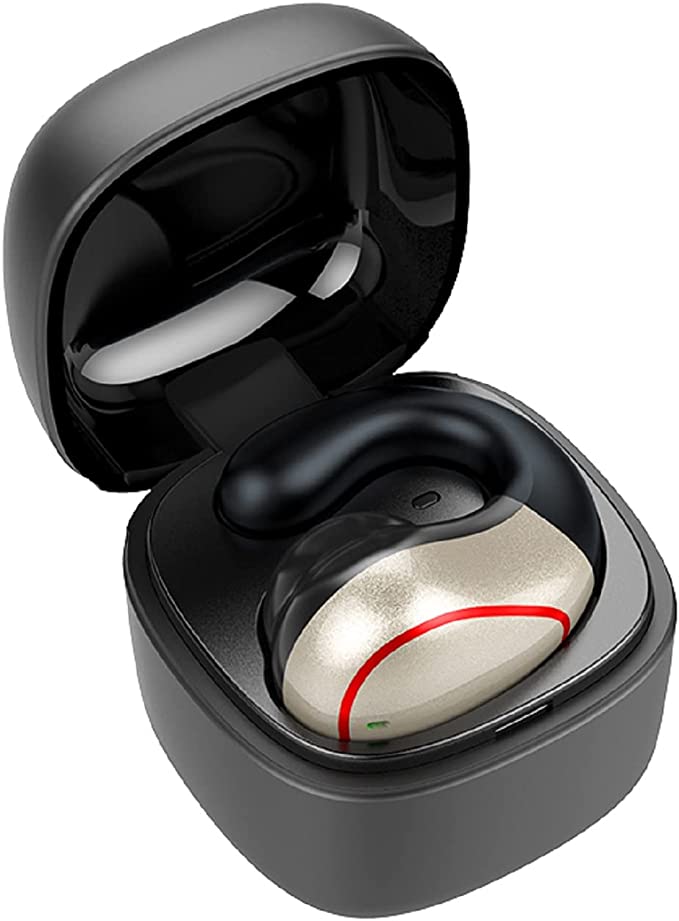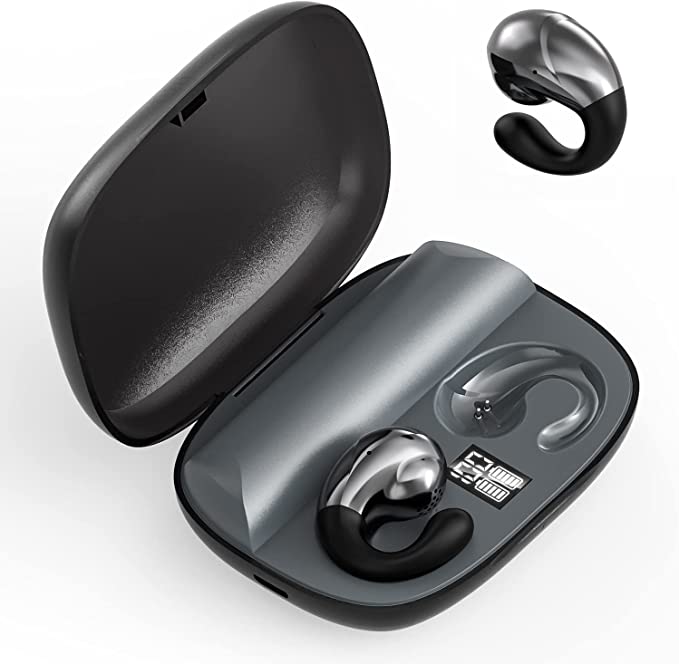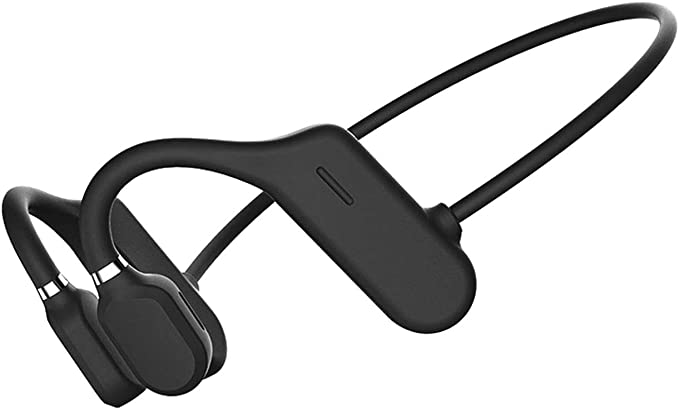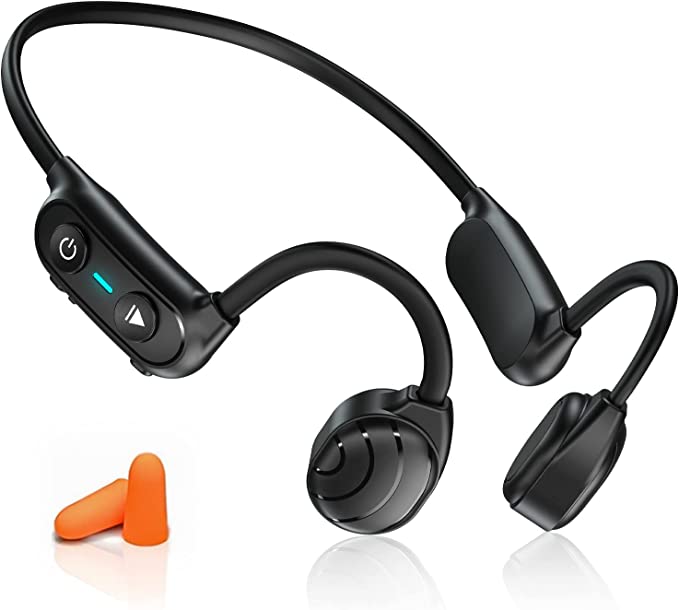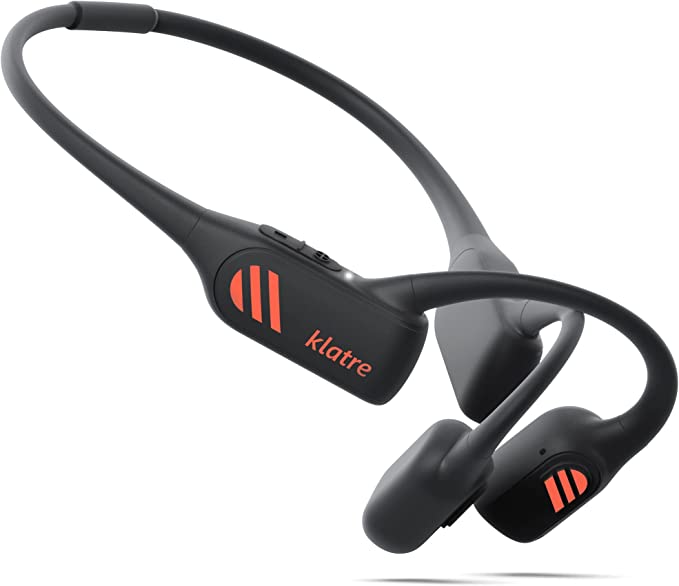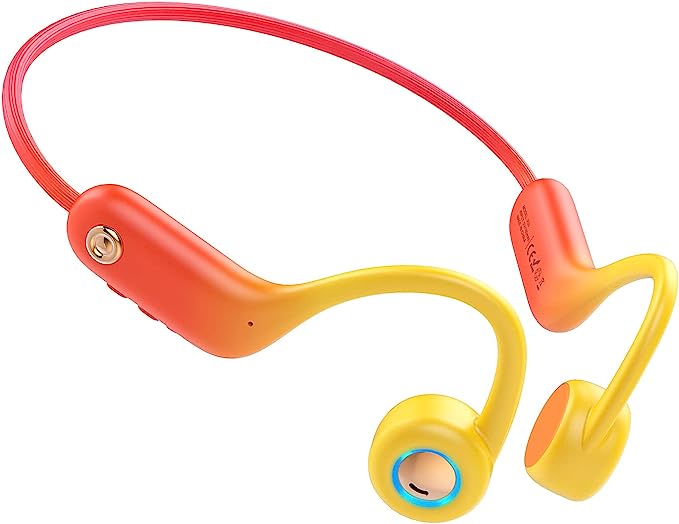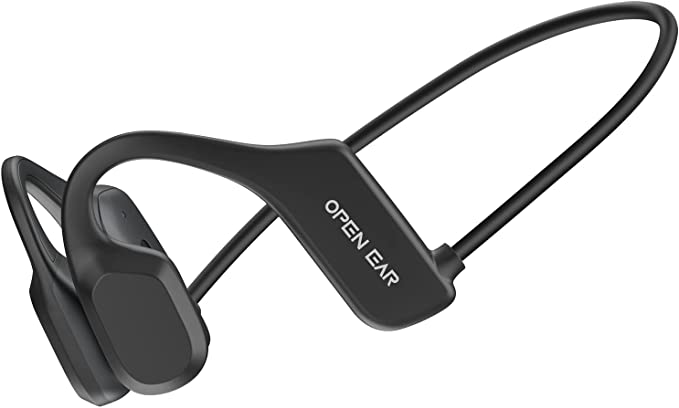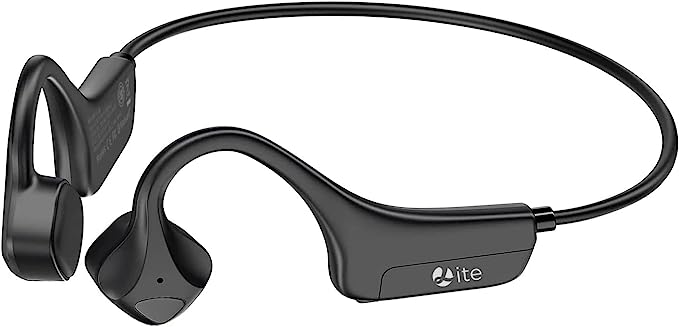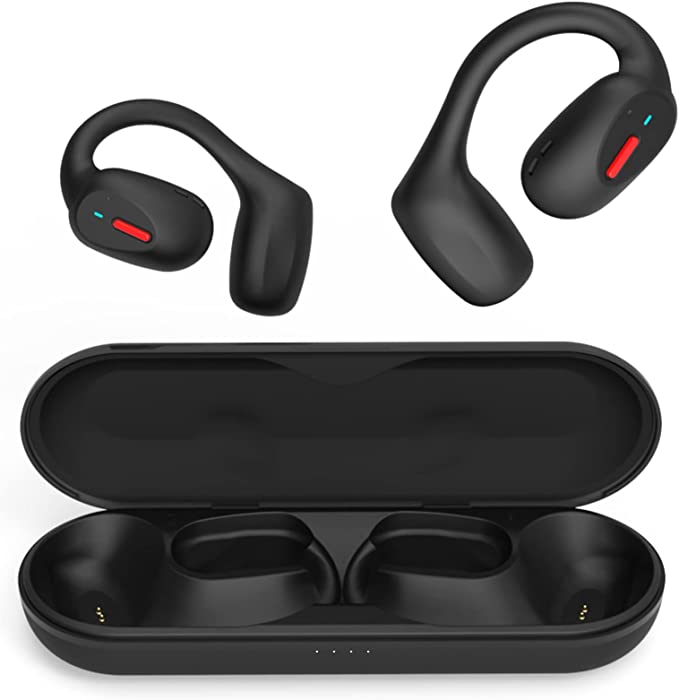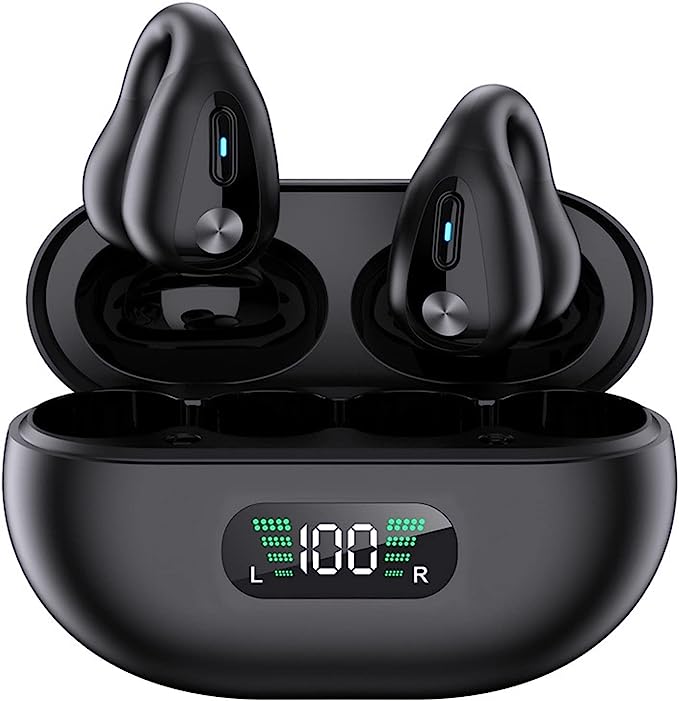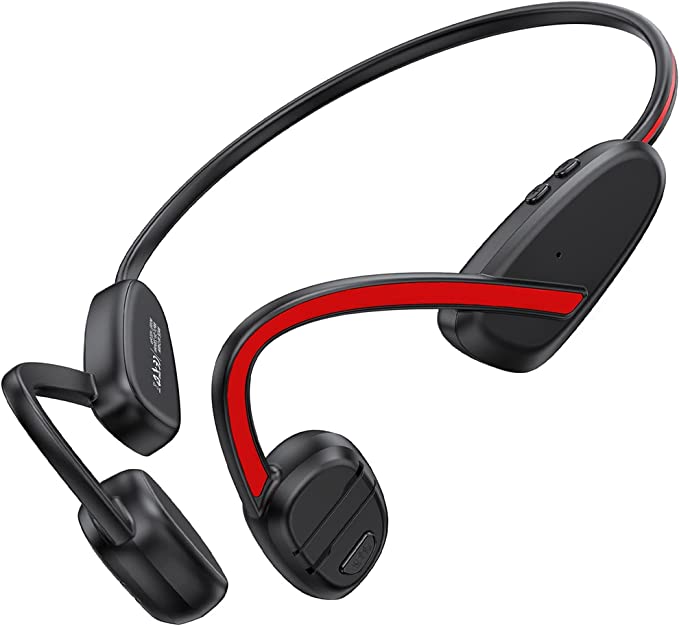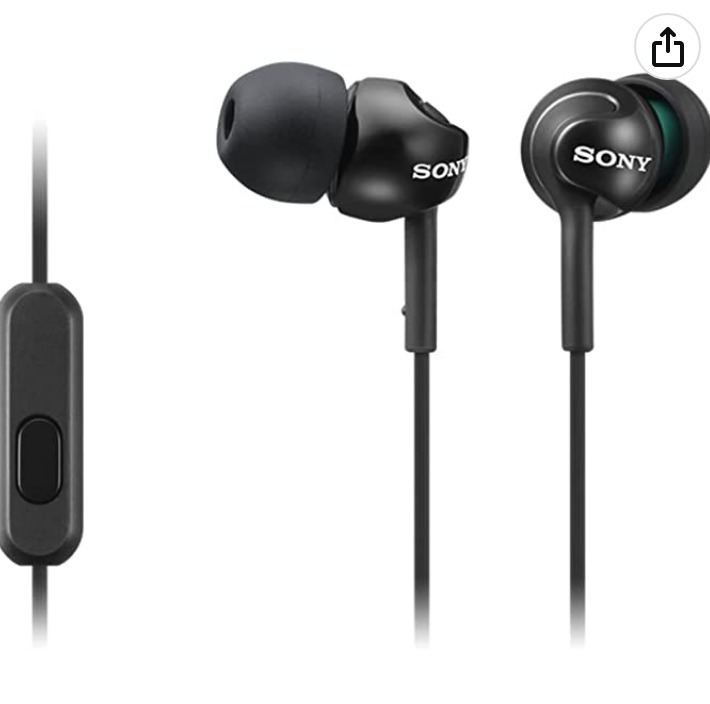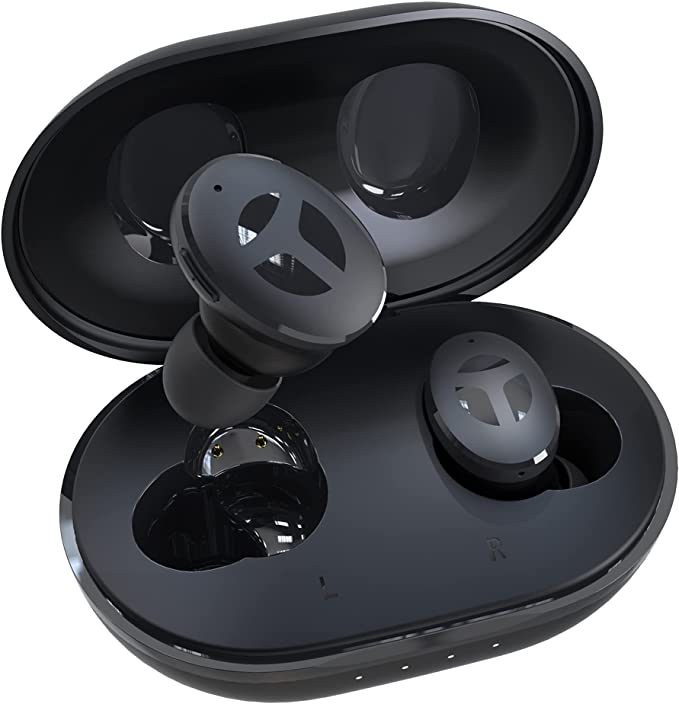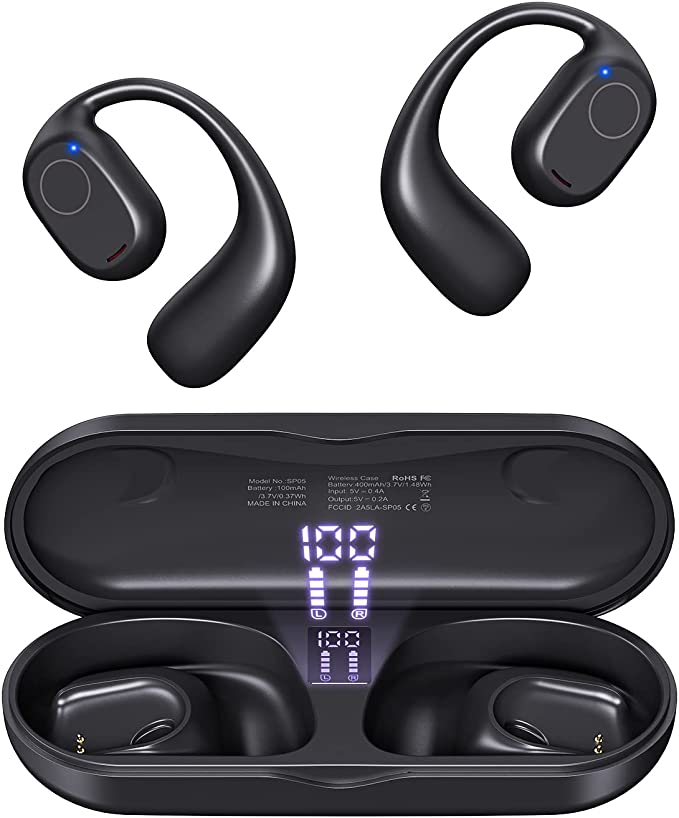The Pressure Principle: Decoding the Physics of Ear Clips vs. True Bone Conduction
Update on Nov. 22, 2025, 5:13 p.m.
In the lexicon of modern personal audio, few terms are as widely used—and as frequently misunderstood—as “Bone Conduction.” It has become a catch-all phrase for any device that doesn’t enter the ear canal. However, from an engineering standpoint, sound transmission is governed by strict physical laws, not marketing nomenclature.
The Generic YMH99 Wireless Earphones, with their distinctive “Ear Clip” design, present a fascinating opportunity to dissect these laws. While labeled as “Bone Conduction,” a “first principles” analysis of their form factor reveals they are actually masters of a different, equally impressive technology: Directional Air Conduction. Understanding the difference requires looking beyond the label and examining the physics of Contact Pressure.

The Physics of Transmission: The River of Bone vs. The River of Air
To understand why the form factor dictates the technology, we must revisit the work of Ludwig van Beethoven. When the deaf composer bit down on a metal rod attached to his piano, he was utilizing Bone Conduction. This process requires a solid medium (the rod/skull) to transmit mechanical vibrations directly to the cochlea. Crucially, this transfer requires significant coupling force (pressure) to minimize energy loss at the interface between the transducer and the bone.
Contrast this with Air Conduction, the mechanism used by 99% of headphones. Here, a driver pushes air molecules to create pressure waves that travel through the ear canal to strike the eardrum.
The Litmus Test: * True Bone Conduction requires a headband (like the titanium bands on Shokz devices) to generate the necessary clamping force against the cheekbones. Without this pressure, the vibrations dissipate before reaching the inner ear. * Ear Clip Devices (like the YMH99) rely on a gentle clamping mechanism on the cartilage (the helix/antihelix of the ear). They fundamentally lack the structural leverage to press a transducer firmly enough against the skull for efficient bone conduction.
Therefore, the YMH99 is technically an Open-Ear Air Conduction device. It doesn’t vibrate your skull; it whispers into your ear.

Engineering “The Whisper”: Directional Audio Technology
If it’s not bone conduction, how does it work without plugging the ear? The answer lies in Directional Audio Engineering.
The YMH99 utilizes micro-drivers positioned precisely at the opening of the ear canal. The engineering challenge here is Beamforming Sound. Just as a spotlight focuses light, these drivers are designed to focus sound waves directly into the auditory meatus (ear canal) while minimizing dispersion to the surrounding environment.
- Acoustic Dipole: Many open-ear devices employ a dipole configuration, where sound waves from the back of the driver cancel out leakage, further focusing the audio beam towards the ear.
- The Result: A listening experience that feels natural and “airy,” akin to listening to small speakers floating near your head, rather than the “in-head” sensation of IEMs (In-Ear Monitors) or the tactile vibration of bone conduction.
The Ergonomics of the Ear Clip: A Zero-Pressure Solution
The primary advantage of the “Ear Clip” form factor over traditional bone conduction headsets is Ergonomics.
Traditional bone conduction headsets must exert pressure to function. Over hours, this clamping force can cause discomfort or “transducer fatigue” on the sensitive skin of the temples. The YMH99, however, bypasses this requirement. By clipping onto the ear cartilage—a structure designed by nature to be flexible and resilient—it achieves a “Zero-Pressure” sensation.
The “Skin-friendly silicone” and “memory tightrope” (likely referring to a flexible connecting bridge) mentioned in the product data are critical here. They ensure the device stays secure during “running, cycling, or driving” without the need for a tight seal or head-clamping force. This makes the Ear Clip form factor superior for users who wear glasses or find headbands intrusive.

The Acoustic Trade-off: Bass Physics and Awareness
Choosing an open-ear device like the YMH99 involves a fundamental acoustic trade-off governed by physics.
- Bass Response: Low-frequency sounds (Bass) require the movement of large volumes of air in a sealed environment to be felt powerfully. Because the YMH99 leaves the ear canal open, that seal is broken. Consequently, sub-bass frequencies dissipate rapidly into the open air. This is why open-ear headphones will never match the visceral “thump” of sealed in-ear monitors.
- Situational Awareness: The flip side of this coin is uncompromised safety. The “open canal” design means ambient sounds—traffic, conversations, nature—enter the ear naturally, without digital processing (Transparency Mode). This is the most reliable form of Situational Awareness, unhindered by microphone latency or processing artifacts.

Connectivity and System Integration
While the acoustics are analog, the transmission is digital. The YMH99 employs Bluetooth 5.3, the latest standard in short-range wireless communication.
- Latency and Stability: Bluetooth 5.3 improves upon previous iterations by optimizing the “handshake” between devices, reducing latency (lag) and improving connection stability in signal-congested environments. For an open-ear device often used outdoors (where signals can bounce and scatter), this robust connection is vital.
- Independent Operation: The “smart key touch control” implies capacitive sensors embedded in the clips, allowing for gesture control without physical buttons that would be difficult to press on a floating device.

Conclusion: Form Factor is the Ultimate Spec
The Generic YMH99 serves as a textbook example of how form factor dictates function. It is not a bone conduction device in the Beethoven sense, but it doesn’t need to be. By leveraging the Ear Clip design and Directional Air Conduction, it offers a distinct value proposition: the awareness of open-ear audio without the pressure of headbands or the occlusion of earplugs. Understanding this “Pressure Principle” empowers consumers to look past marketing labels and choose the device that truly fits their physiological and acoustic needs.
